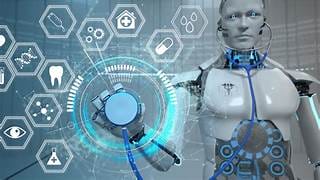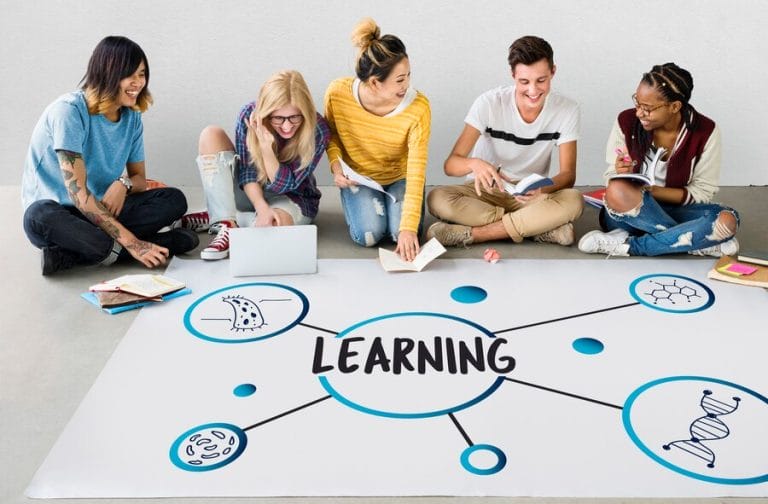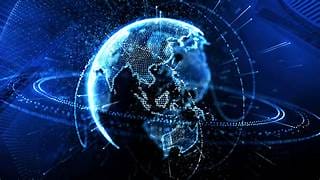Understanding Climate Change: A Call to Action for a Sustainable Future
September 6, 2024 2024-08-30 11:25
Understanding Climate Change: A Call to Action for a Sustainable Future
Climate change is one of the most pressing challenges facing humanity today. It refers to significant and long-term changes in the Earth’s climate, particularly those due to human activities. The consequences of climate change are far-reaching, affecting ecosystems, economies, and communities worldwide. As we continue to witness rising global temperatures, melting ice caps, and more frequent extreme weather events, it is clear that urgent action is needed to mitigate the impacts of climate change and secure a sustainable future for generations to come. In this article, we will explore the causes, impacts, and potential solutions to climate change.
1. What is Climate Change?
Climate change encompasses long-term alterations in temperature, precipitation, and other atmospheric conditions on Earth. While climate naturally fluctuates over time, the current trend of rapid warming is unprecedented in the history of human civilization. This change is primarily driven by the increased concentration of greenhouse gases (GHGs) in the atmosphere, which trap heat and cause the planet to warm.
2. Causes of Climate Change
The main driver of contemporary climate change is the burning of fossil fuels, such as coal, oil, and natural gas. These activities release large amounts of carbon dioxide (CO2) and other greenhouse gases into the atmosphere. Deforestation, industrial processes, and agricultural practices also contribute significantly to the buildup of GHGs. These gases form a “blanket” around the Earth, trapping heat and leading to the warming of the planet, a phenomenon known as the greenhouse effect.
3. Impacts of Climate Change
The impacts of climate change are already being felt around the world, and they are expected to intensify in the coming decades. Some of the key consequences include:
- Rising Temperatures: Average global temperatures have increased significantly over the past century, leading to heatwaves, droughts, and changes in growing seasons.
- Melting Ice and Rising Sea Levels: The polar ice caps and glaciers are melting at an alarming rate, contributing to rising sea levels. This threatens coastal communities and could displace millions of people.
- Extreme Weather Events: Climate change is linked to an increase in the frequency and intensity of extreme weather events, such as hurricanes, floods, wildfires, and typhoons. These events cause significant damage to infrastructure, economies, and human lives.
- Impact on Ecosystems: Many species are struggling to adapt to the changing climate, leading to shifts in habitats, disruptions in food chains, and an increased risk of extinction. Coral reefs, for instance, are dying due to warming oceans and acidification.
- Human Health Risks: Climate change poses direct and indirect threats to human health, including heat-related illnesses, the spread of infectious diseases, and food and water insecurity.
4. The Role of Human Activities
Human activities are the primary cause of the current climate crisis. The industrial revolution marked the beginning of large-scale fossil fuel use, leading to a sharp increase in greenhouse gas emissions. Urbanization, deforestation, and unsustainable agricultural practices further exacerbate the problem. Additionally, the global demand for energy and natural resources continues to rise, putting more pressure on the environment.
5. Global Efforts to Combat Climate Change
Recognizing the urgent need to address climate change, the international community has taken steps to mitigate its impacts. The Paris Agreement, adopted in 2015, is a landmark global accord that aims to limit global warming to well below 2°C above pre-industrial levels, with efforts to keep it to 1.5°C. Countries have committed to reducing their GHG emissions, transitioning to renewable energy sources, and enhancing climate resilience. However, achieving these goals requires collective action, innovation, and substantial investments in sustainable development.
6. Solutions and Mitigation Strategies
There are several strategies that can help mitigate climate change and its impacts:
- Transition to Renewable Energy: Shifting from fossil fuels to renewable energy sources, such as solar, wind, and hydroelectric power, is crucial for reducing GHG emissions.
- Energy Efficiency: Improving energy efficiency in industries, buildings, and transportation can significantly lower emissions and reduce energy consumption.
- Reforestation and Conservation: Protecting and restoring forests, wetlands, and other natural ecosystems can enhance carbon sequestration and preserve biodiversity.
- Sustainable Agriculture: Adopting sustainable farming practices, such as crop rotation, reduced pesticide use, and soil conservation, can minimize the environmental impact of agriculture.
- Climate-Resilient Infrastructure: Developing infrastructure that can withstand extreme weather events and sea-level rise is essential for protecting communities and economies.
- Public Awareness and Education: Raising awareness about climate change and promoting sustainable lifestyles can empower individuals and communities to take action.
7. The Importance of Individual Action
While government policies and international agreements are vital, individual actions also play a significant role in combating climate change. Simple steps such as reducing energy consumption, minimizing waste, using public transportation, supporting renewable energy, and advocating for climate-friendly policies can collectively make a big difference. Every action counts, and by making sustainable choices, individuals can contribute to a healthier planet.
Conclusion
Climate change is a global challenge that requires immediate and sustained action. The choices we make today will determine the future of our planet and the well-being of future generations. By understanding the causes, recognizing the impacts, and implementing effective solutions, we can work together to mitigate climate change and build a sustainable, resilient world. The time to act is now—our planet’s future depends on it.
Related Posts
Understanding Climate Change: A Call to Action for a Sustainable Future
September 6, 2024 2024-08-30 11:25Popular Tags





























